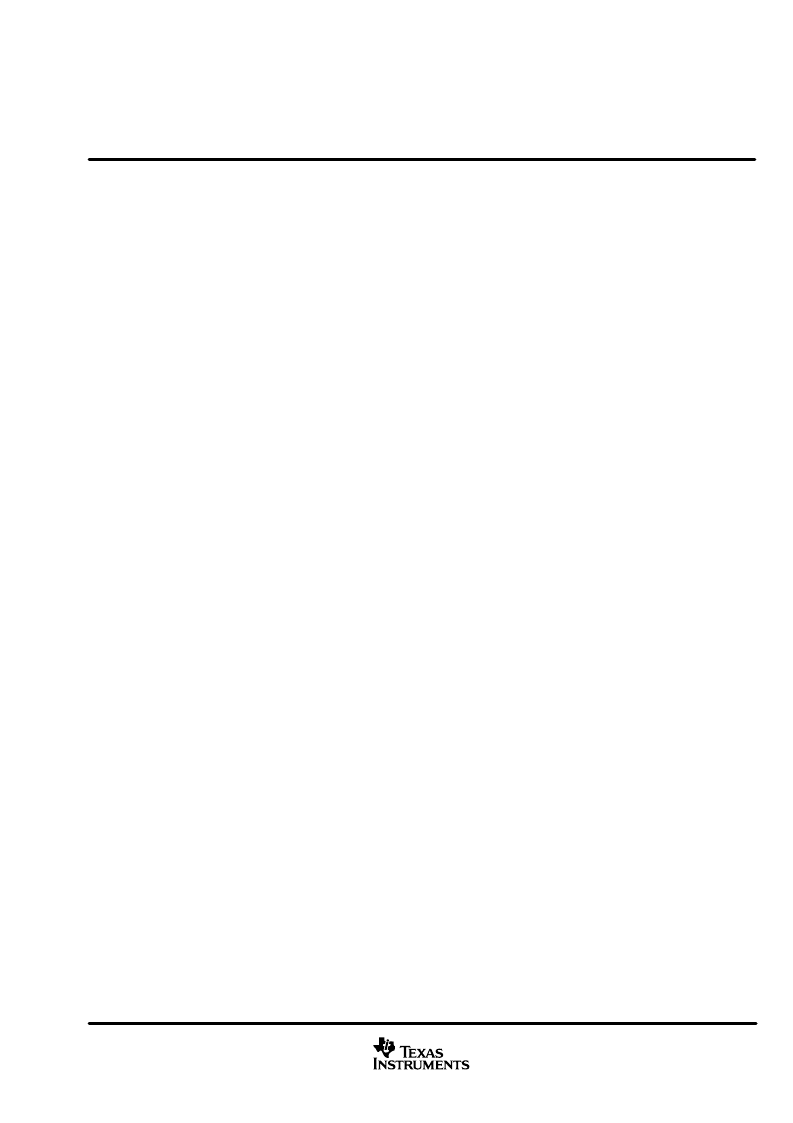- 您現(xiàn)在的位置:買賣IC網 > PDF目錄384026 > TPA3000D1 (Texas Instruments, Inc.) 17-W MONO FILTER-FREE CLASS-D AUDIO POWER AMPLIFIER PDF資料下載
參數資料
| 型號: | TPA3000D1 |
| 廠商: | Texas Instruments, Inc. |
| 英文描述: | 17-W MONO FILTER-FREE CLASS-D AUDIO POWER AMPLIFIER |
| 中文描述: | 17單聲道無濾波器D類音頻功率放大器 |
| 文件頁數: | 13/19頁 |
| 文件大?。?/td> | 273K |
| 代理商: | TPA3000D1 |

TPA3000D1
SLOS379A
–
SEPTEMBER 2001
–
REVISED JANUARY 2002
13
www.ti.com
APPLICATION INFORMATION
effects of applying a square wave into a speaker
Audio specialists have advised for years not to apply a square wave to speakers. If the amplitude of the
waveform is high enough and the frequency of the square wave is within the bandwidth of the speaker, the
square wave could cause the voice coil to jump out of the air gap and/or scar the voice coil. A 250-kHz switching
frequency, however, does not significantly move the voice coil, as the cone movement is proportional to 1/f
2
for
frequencies beyond the audio band.
Damage may occur if the voice coil cannot handle the additional heat generated from the high-frequency
switching current. The amount of power dissipated in the speaker may be estimated by first considering the
overall efficiency of the system. If the on-resistance (r
ds(on)
) of the output transistors is considered to cause the
dominant loss in the system, then the maximum theoretical efficiency for the TPA3000D1 with an 8-
load is
as follows:
Efficiency (theoretical, %)
RL
RL
rds(on)
100%
8 (8
0.4)
100%
95.24%
The maximum measured output power is approximately 17 W with an 18-V power supply. The total theoretical
power supplied (P
(total)
) for this worst-case condition would therefore be as follows:
P(total)
POEfficiency
17 W
0.9524
17.85 W
The efficiency measured in the lab using an 8-
speaker was 89%. The power not accounted for as dissipated
across the r
ds(on)
may be calculated by simply subtracting the theoretical power from the measured power:
Other losses
P(total)(measured)
P(total)(theoretical)
19.1
17.85
1.25 W
The quiescent supply current at 18 V is measured to be 9.8 mA. It can be assumed that the quiescent current
encapsulates all remaining losses in the device, i.e., biasing and switching losses. It may be assumed that any
remaining power is dissipated in the speaker and is calculated as follows:
P(dis)
1.25 W
(18 V
9.8 mA)
1.07 W
Note that these calculations are for the worst-case condition of 17 W delivered to the speaker. Since the 1.07 W
is only 6.3% of the power delivered to the speaker, it may be concluded that the amount of power actually
dissipated in the speaker is relatively insignificant. Furthermore, this power dissipated is well within the
specifications of most loudspeaker drivers in a system, as the power rating is typically selected to handle the
power generated from a clipping waveform.
when to use an output filter
Design the TPA3000D1 without the filter if the traces from amplifier to speaker are short. Powered speakers,
where the speaker is in the same enclosure as the amplifier, is a typical application for class-D without a filter.
A ferrite bead filter may be used if the design is failing radiated emissions without a filter, or if a frequency
sensitive circuit is operating higher than 1 MHz. The ferrite filter reduces EMI around 1 MHz and higher (FCC
and CE only test radiated emissions greater than 30 MHz). When selecting a ferrite bead, choose one with high
impedance at high frequencies, but very low impedance at low frequencies.
Use a LC output filter if there are low frequency (<1 MHz) EMI sensitive circuits and/or there are long wires from
the amplifier to the speaker.
(1)
(2)
(3)
(4)
相關PDF資料 |
PDF描述 |
|---|---|
| TPA3101D2_07 | 10-W STEREO CLASS-D AUDIO POWER AMPLIFIER |
| TPA4411M | 80-mW DIRECTPATH STEREO HEADPHONE DRIVER |
| TPA4411MRTJ | 80-mW DIRECTPATH STEREO HEADPHONE DRIVER |
| TPA5051_07 | FOUR CHANNEL DIGITAL AUDIO LIP-SYNC DELAY WITH I2C CONTROL |
| TPIC2701M | 7-CHANNEL COMMON-SOURCE POWER DMOS ARRAY |
相關代理商/技術參數 |
參數描述 |
|---|---|
| TPA3000D1APWP | 制造商:Rochester Electronics LLC 功能描述:- Bulk |
| TPA3000D1APWPR | 制造商:Texas Instruments 功能描述: |
| TPA3000D1EVM | 制造商:Texas Instruments 功能描述:TPA3000D1 AUDIO PWR AMPLIFIER EVM - Bulk |
| TPA3000D1PWP | 制造商:Rochester Electronics LLC 功能描述:- Bulk |
| TPA3000D1PWPR | 制造商:未知廠家 制造商全稱:未知廠家 功能描述:AUDIO AMPLIFIER|SINGLE|CMOS|TSSOP|20PIN|PLASTIC |
發(fā)布緊急采購,3分鐘左右您將得到回復。